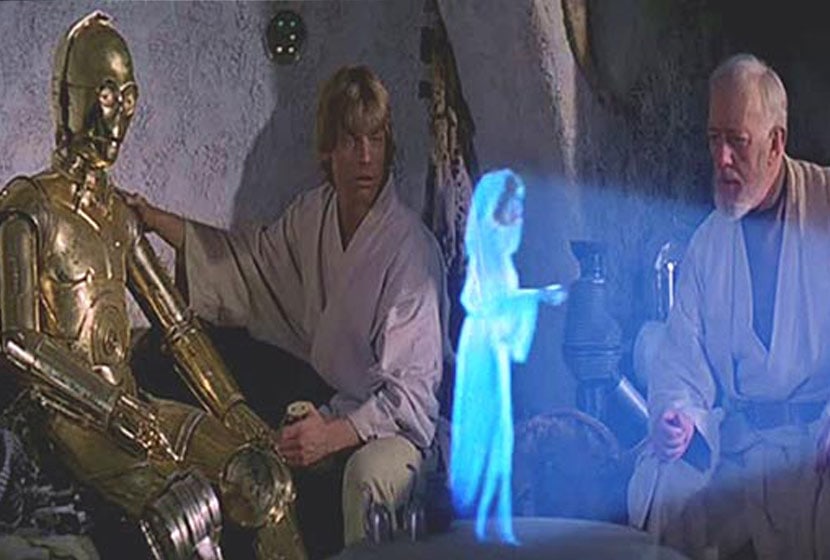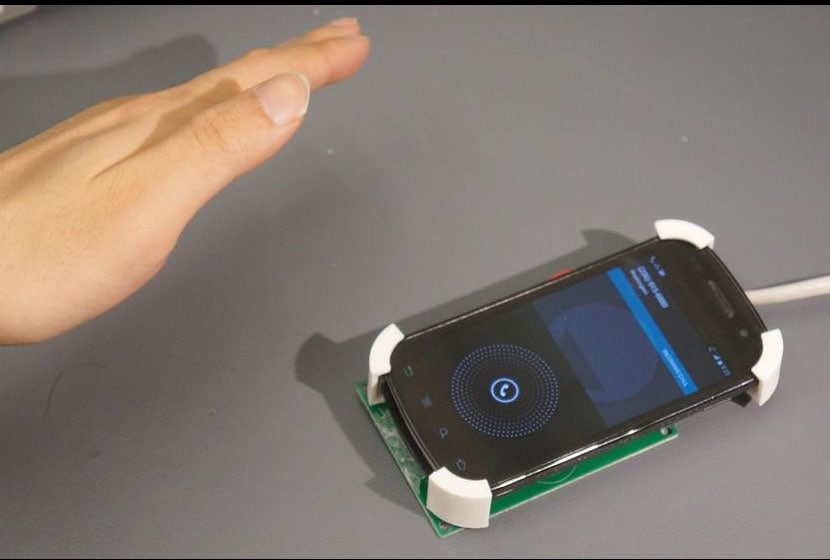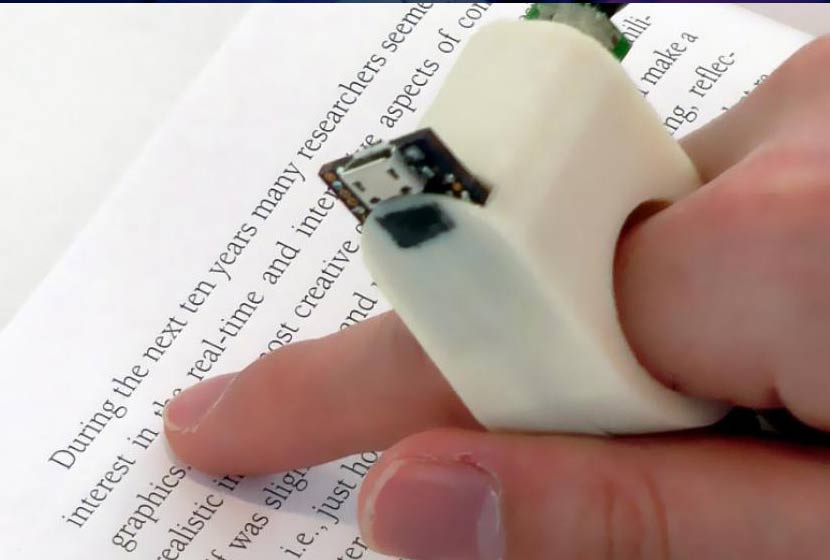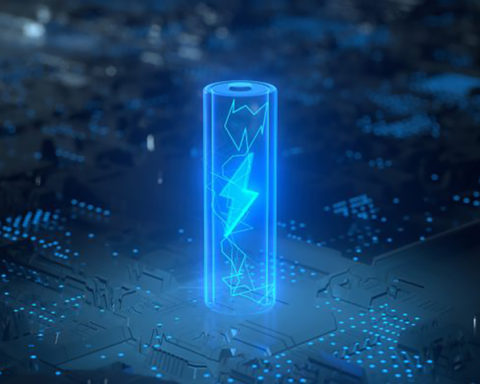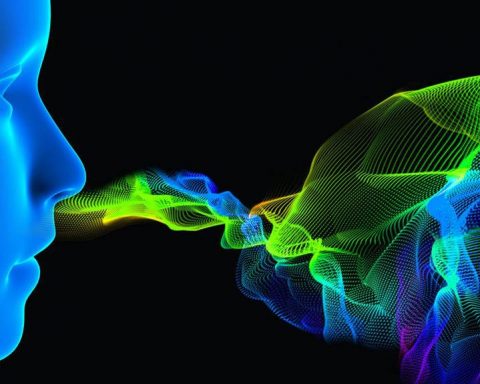For nearly a decade, US-based Ostendo Technologies has been working on a holographic projection technology miniaturized enough to be incorporated into smartphones. Named Quantum Photonic Imager, it combines an image processing processor with a silicon wafer and micro-Led, all driven by an algorithm. The first mobile terminals equipped with this technology should be available by summer 2015.
The American company Ostendo Technologies has developed a micro-projector capable of displaying holographic images. The technology has been miniaturized to the extent that a module can be integrated into a smartphone. The lens itself is the size of the fingernail of your little finger and can project a 48-inch video onto any surface.
Receiving a call on your smartphone and seeing the other person's face appear as a hologram above the screen: this dream, which you imagine coming straight out of Star Wars or an episode of Star Trek, may very well "materialize" very quickly. Ostendo Technologies, a California-based company, has been working for nearly a decade on a microprojector capable of displaying 3D video and images. The Wall Street Journal has just published an article unveiling the technology, which its designers say is ready to be marketed as early as next year.
The invention, named Quantum Photonic Imager, consists of a miniaturized projection system based on a processor and a wafer (semiconductor wafer) traversed by a micro-Led array. An algorithm manages the colour, brightness and angle of each light beam emitted through a million pixels. One of the secrets of this technology is its resolution, which reaches 5,000 dots per inch. A single microprojector is capable of displaying a complete image on a 48-inch diagonal. But the advantage is that the modules can be combined to increase the quality and the display area. The Wall Street Journal saw a demonstration where six modules were combined to display the hologram of a dice spinning in the air.
Smartphones with holographic projector in 2015
The company ensures that its technology can be integrated into televisions, connected watches or interactive tables that project holograms. It is currently working on reducing the size of pixels to improve resolution.
The first commercial version of this technology is scheduled for release next year, and Ostendo Technologies says it could be found in smartphones before the summer of 2015. Combined with a lens, the chip would occupy a volume of 0.5 cc, a size equivalent to the camera of an iPhone, the article says. The price of this component will be around thirty dollars (about 22 euros). Initially, the system will be limited to 2D display. Ostendo Technologies promises to launch a chip capable of displaying images in the second half of 2015. (Source: Ostendo Technologies).

